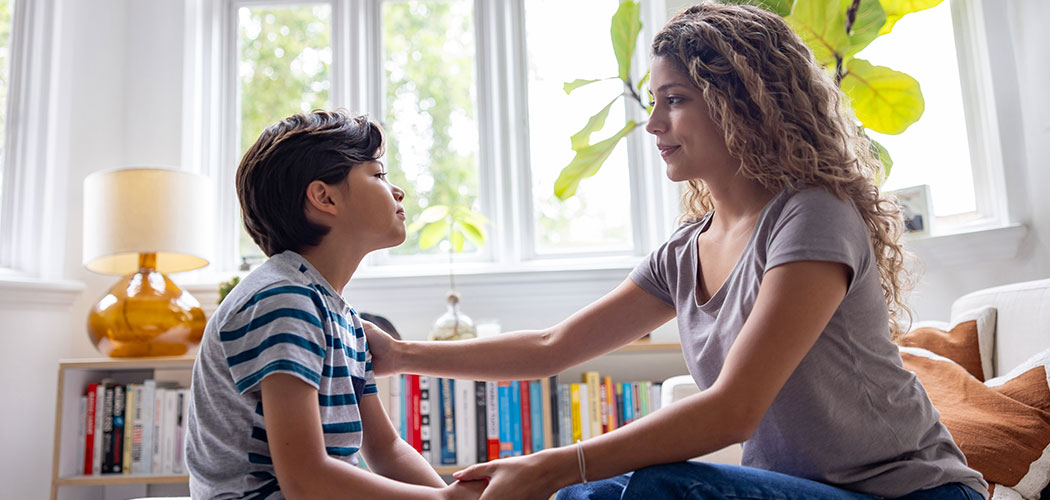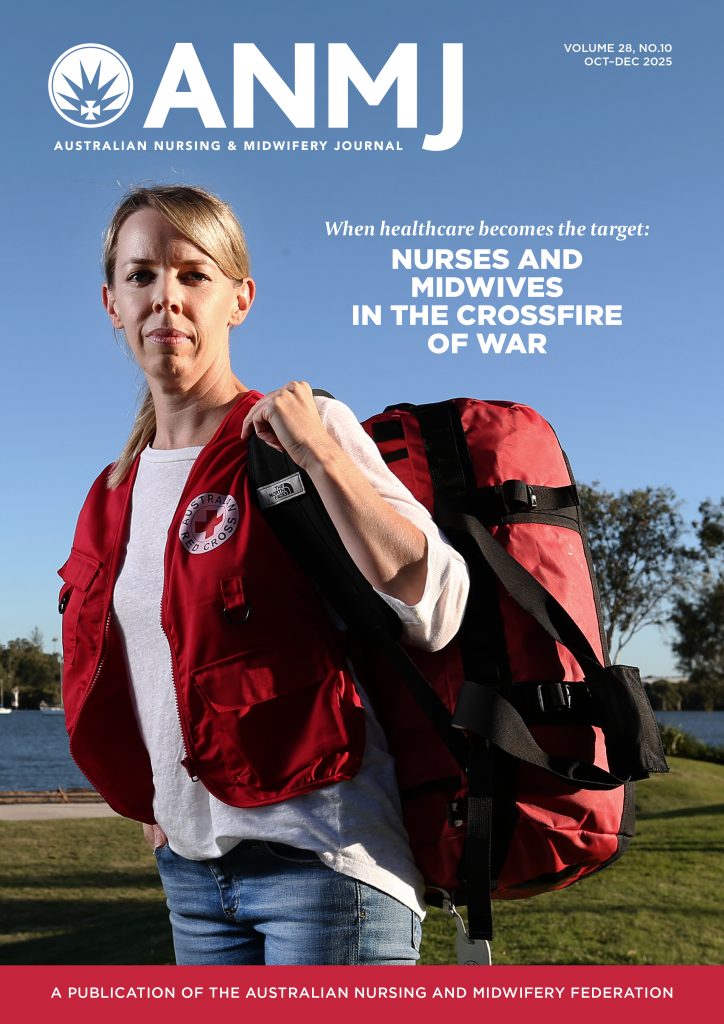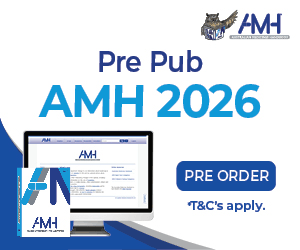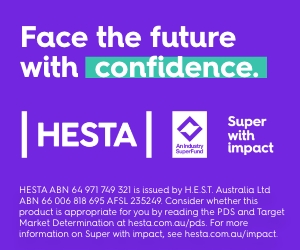Chronic pain in children – infants to pre-school age, school age, and adolescents – is a significant public health problem, affecting one in five across the globe. The prevalence of chronic paediatric pain in Australian mirrors these statistics, with Chronic Pain Australia concurring that one in five children experience chronic pain.
Chronic pain in children can manifest in one of two forms chronic primary pain (e.g., chronic headaches, chronic abdominal pain, chronic musculoskeletal and/or joint paint, and chronic back pain) and chronic secondary pain (e.g., pain caused by an injury, illness, a lesion, or treatment). Another presenting although underappreciated paediatric chronic pain condition is Complex Regional Pain Syndrome (CRPS), a rare and debilitating disease for which delayed diagnoses can prolong disability, emotional distress, and undermine the achievement of developmental milestones.
Over the past 15 years new understandings about the pain experiences of children and how chronic pain management can be improved through achieving neuroplastic changes in the nervous system is seeing a significant shift in paediatric chronic pain management. Of note is the use of a multidisciplinary team approach to pain management involving pain specialists, physiotherapists, psychologists, clinical nurse specialists, clinical nurse consultants, and dieticians. Also driving this shift is robust advocacy by pain researchers for a public health approach to educating the whole community about the science of chronic pain and its effective management.
An important component of a multidisciplinary team approach to successful paediatric chronic pain management is actively engaging children and families in the process and supporting them to develop and implement strategies tailored to the needs and particular interests of the child. To this end, pain science education (PSE) is being increasingly advocated as a first line intervention and ultimate preventive health strategy. The purpose and main aim of PSE is to help children and their families ‘make sense’ of their experience, to better understand the nature of chronic pain and its management, and tailor strategies to help navigate the disruptive impact that chronic pain has on their daily lives and activities.
Working effectively with children living with chronic pain is an ongoing challenge for front-line nurses (e.g., school nurses, GP practice nurses, nurse practitioners, maternal and child health nurses, ED nurses, rural and remote area nurses) whose work brings them into direct contact with children. And it is here that Zoe & Zak’s Pain Hacks provides a potentially useful resource for meeting this challenge.
There are five books in the series which have been designed to supplement supervised face-to-face pain science education with children aged 6-10 years. The target audiences for the books include children living with chronic pain, the parents and care givers of children living with chronic pain, health care professionals, and school teachers.
The books have the following story lines:
Zoe Zoppins Nails it (Book 1): Zoe is with her much-loved Uncle Ozzie who has a scary accident when jumping off a ladder. But all is not as it seems. The key message of the story line: ‘Feeling pain does not necessarily mean your body is damaged’. The book ends with a 4-point reflective learning exercise.
Zoe Zoppins Lights it up (Book 2): Zoe visits her grandmother who works in a science lab. There Zoe gets to engage in a wonderful colourful experiment that reveals amazing things about pain and the brain. Zoe learns that ‘Anything and everything can change pain!’. The book ends with a 3-point reflective learning exercise.
Zoe and Zak’s Brainy Adventure (Book 3): Zoe, Zak, and their classmates explore the brain and its response to an accidental fall. Using goggles for a virtual reality experience the students learn that pain is one of the body’s most powerful protectors – pain serves as a warning, tired muscles indicate the need for rest, and nausea prompts the need to seek help. The book ends with a 5-point reflective learning exercise.
Zak Zoppins Retrains his Brain (Book 4): Zak (Zoe’s cousin who has back pain) and Zoe (who has tummy pain) share their experiences of pain. Zak talks about his back pain which makes him feel sad. He resolves to retrain his brain and explains to Zoe how he is doing it using a robust action plan to enable him to get back to school. Zoe wonders whether she could use a similar plan for her tummy pain. The book ends with a 5-point reflective learning exercise.
Zoe Zoppins’ Action-packed Action Plan (Book 5): Zoe adopts an ‘action-packed action plan’ to manage her pain. She is situated seven weeks into commencing the plan. Every day she makes an entry into her diary describing a typical day. Her diary entries reveal how much she has learned since beginning her action plan and how much her life is changing. This book pulls together the threads of the previous four books and ends with a template for an Action Plan for managing chronic pain together with a 5-point evaluative learning exercise.
The fundamental aims of these books are to help kids learn about the role of pain as a protective system, to acknowledge and validate their experiences of chronic pain and, through a series of guided stepwise activities, to engage actively with their family and friends, school, and other social activities. The illustrated narratives in the books provide a basis upon which parents can talk to their child about their pain experience, develop a better understanding of the complex nature of their child’s pain condition, and help their child to flourish.
The books are also a valuable resources for health care professionals insofar as they prompt reflection on whether they have the most up-to-date knowledge about chronic paediatric pain and its effective management. For teachers, the books are a useful resource to help them guide children in chronic pain on the use of various strategies for maximising their participation in classroom and other school activities.
The effectiveness of PSE is still being evaluated and to date is unknown. Nonetheless, Zoe & Zaks Pain Hack is well positioned to achieve the positive aims of empowering children to learn and talk about pain with their family, friends, health care professionals, and teachers. As Joshua Pate, physiotherapist researcher and author of the book series, concludes ‘This [PSE] could mean fewer children missing out on school and sports, undergoing recurrent surgeries and facing a reduced quality of life overall. We like the sound of that!’ (https://www.uts.edu.au/news/campus-community/6-uts-kids-book-authors-you-need-know).
Book Review1
Zoe & Zak’s Pain Hacks, Book Series 1-5, by Joshua Pate (2022), Noigroup Publications, Adelaide. ISBN: 978-0-9873426-2-1
Slipcase containing five hardcover print books (28-40 pages): $77 (includes GST) + postage
Shop online: https://www.zoeandzakspainhacks.com/buy-books
Professor Megan-Jane Johnstone AO
Adjunct Professor, School of Nursing and Midwifery, La Trobe University, Melbourne and author of Bioethics: a nursing perspective
- This book review contains excerpts from Megan-Jane Johnstone (2024) Art for joy: helping kids living with chronic pain. MJJ Artist Talks: 2. DOI:10.13140/RG.2.2.13963.09762. Available online: https://www.researchgate.net/publication/385686681_Art_for_joy_Helping_kids_living_with_chronic_pain. This work is licensed under CC BY-NC-SA 4.0. To view a copy of this license, visit https://creativecommons.org/licenses/by-nc-sa/4.0/








